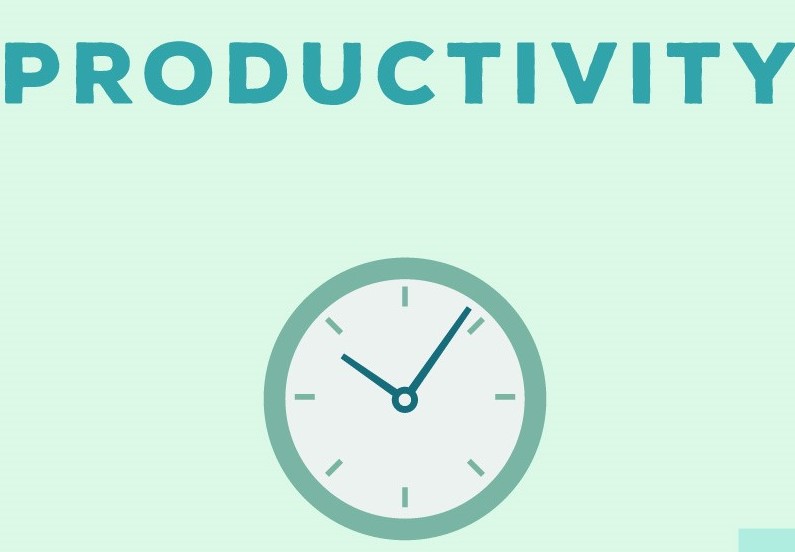


Employee Monitoring productivity software for team out-put
The need for measurable, sustainable, and scalable performance has become more critical than ever. Whether a business operates in-office, remotely, or through a hybrid model, one of the biggest challenges faced by managers is ensuring that teams remain focused, efficient, and aligned with broader organizational goals. This is where employee productivity software, specifically employee productivity monitoring software, plays a transformative role.
Employee productivity monitoring software is a specialized tool designed to analyze how work is performed throughout the day. It provides visibility into employee activities, tracks time spent on tasks, captures application and website usage, and delivers real-time performance reports. The aim isn’t to control, but to understand and then improve the way work gets done.
Unlike traditional time-tracking tools, modern productivity monitoring platforms offer a more comprehensive view. They support businesses by helping teams identify inefficiencies, reduce distractions, and maintain accountability without micromanaging.
One of the most immediate benefits of employee productivity monitoring software is the clarity it brings to everyday operations. When employees know their time and activities are being analyzed not for punishment, but for improvement they’re more likely to stay focused. This encourages teams to prioritize high-value tasks and avoid common digital distractions.
With automated time tracking and task logging, team members gain a better understanding of how they’re spending their work hours. Managers, in turn, receive accurate data that helps them identify patterns, set realistic expectations, and provide tailored guidance. This results in a culture of shared responsibility, where both leadership and employees work together toward productivity goals.
Employee productivity software also acts as a diagnostic tool. It helps uncover where teams are getting stuck be it in inefficient processes, unclear task assignments, or overuse of non-essential tools. With productivity dashboards and detailed analytics, managers can pinpoint delays, spot potential burnout, and redesign workflows to be more efficient.
For example, if a software development team is spending more time in communication tools than in development environments, it may signal a need to streamline internal meetings or reduce interruptions. Similarly, identifying unused or low-value tools can lead to cost savings and more efficient tech stacks.
Decisions made without data often rely on assumptions. Employee productivity monitoring software removes the guesswork by providing real-time, evidence-based insights. This includes metrics such as active hours, idle time, app usage trends, and task completion rates all of which help in performance evaluations and strategic planning.
Moreover, data-driven performance tracking allows businesses to reward results objectively, support underperformers constructively, and optimize staffing according to actual workload requirements. It’s a smarter, fairer approach to performance management that benefits both employees and employers.
As businesses embrace flexible work arrangements, monitoring productivity across distributed teams has become a necessity. Employee productivity monitoring software bridges the physical gap by offering full visibility into remote operations. It assures managers that work is progressing, while giving employees the freedom to work independently.
Tools like Time Champ, provide features such as silent tracking, automatic timesheets, focus time detection, and integration with project management platforms. This ensures that productivity doesn’t drop when teams aren’t in the same room in fact it often improves with the added flexibility and transparency.
The shift toward measurable productivity is not about control, it’s about clarity. When used ethically and transparently, employee productivity monitoring software empowers teams to be their best, uncovering strengths, addressing weaknesses, and aligning work with results. It transforms how teams operate, enhances collaboration, and creates a more accountable, focused, and high-performing workplace.
By adopting the right employee productivity software, businesses gain a competitive edge not just by working harder, but by working smarter.
